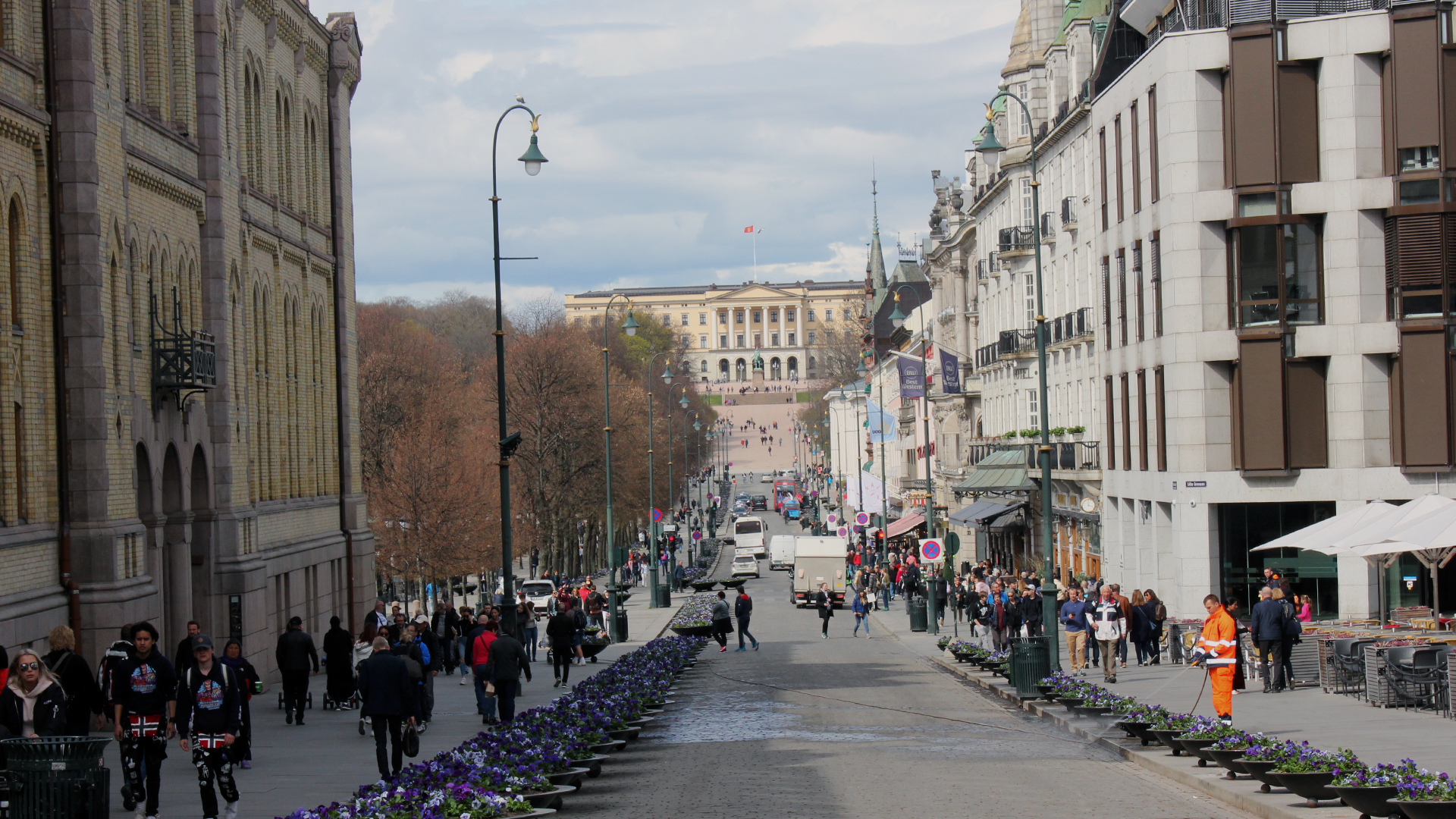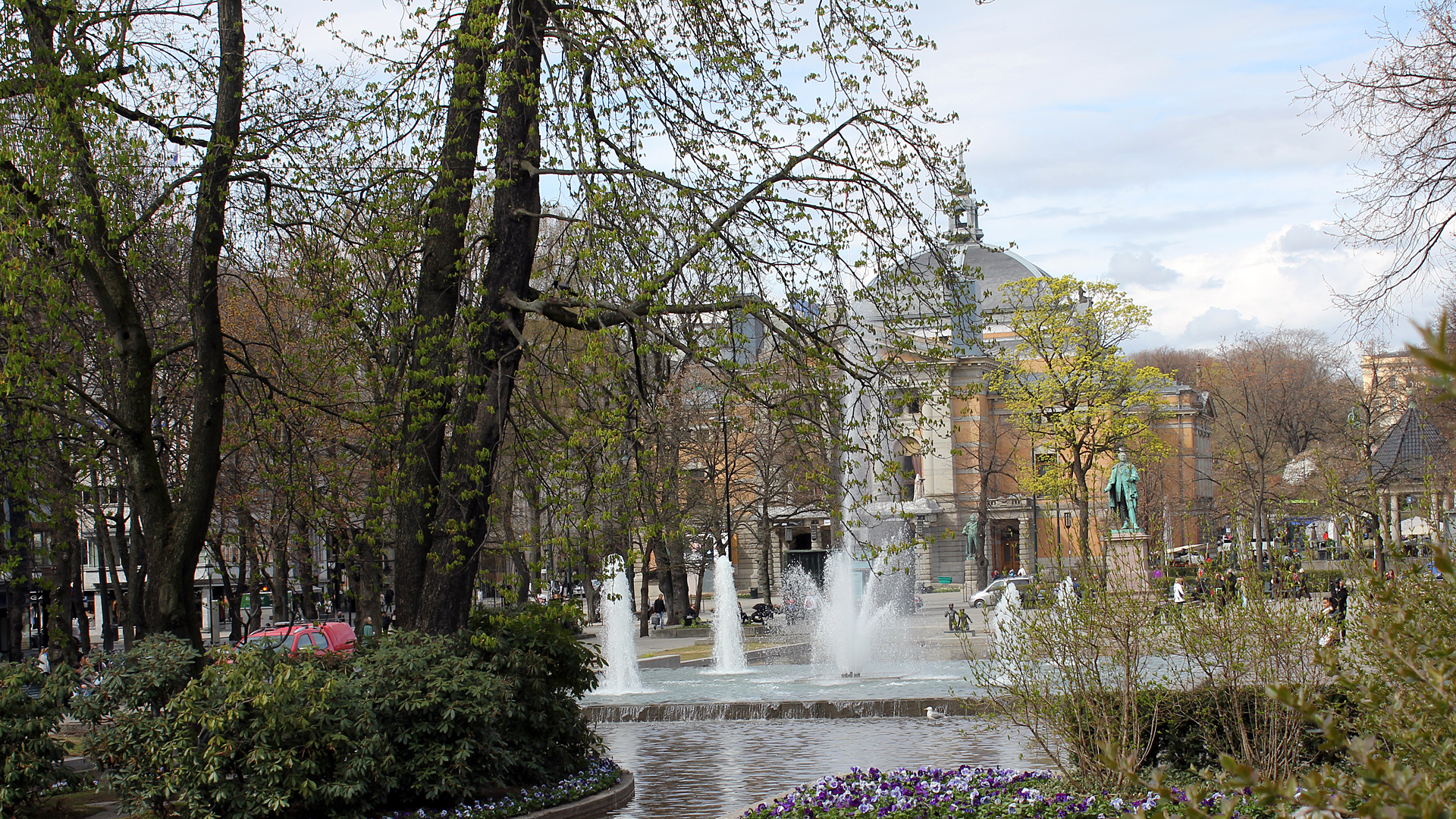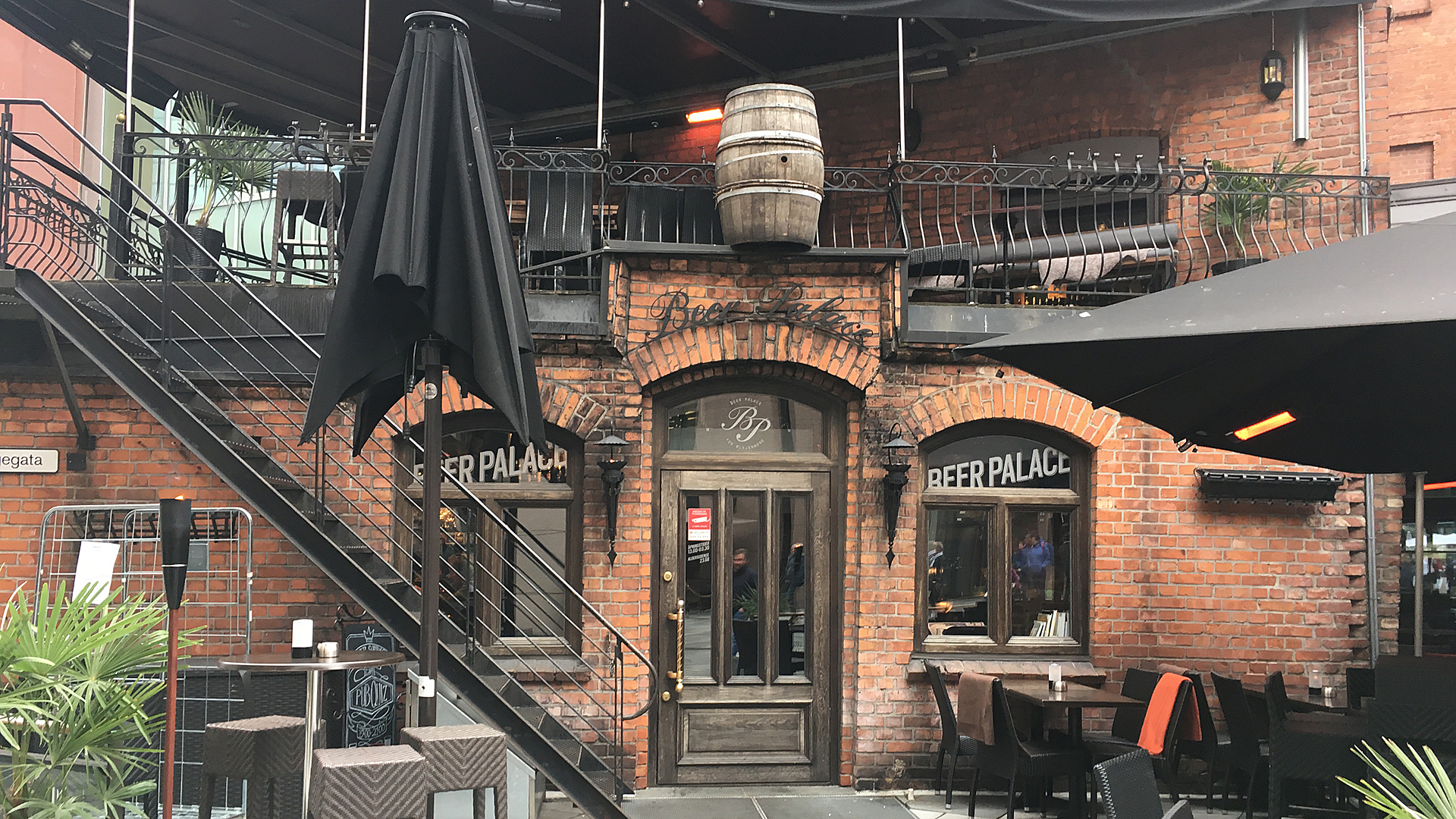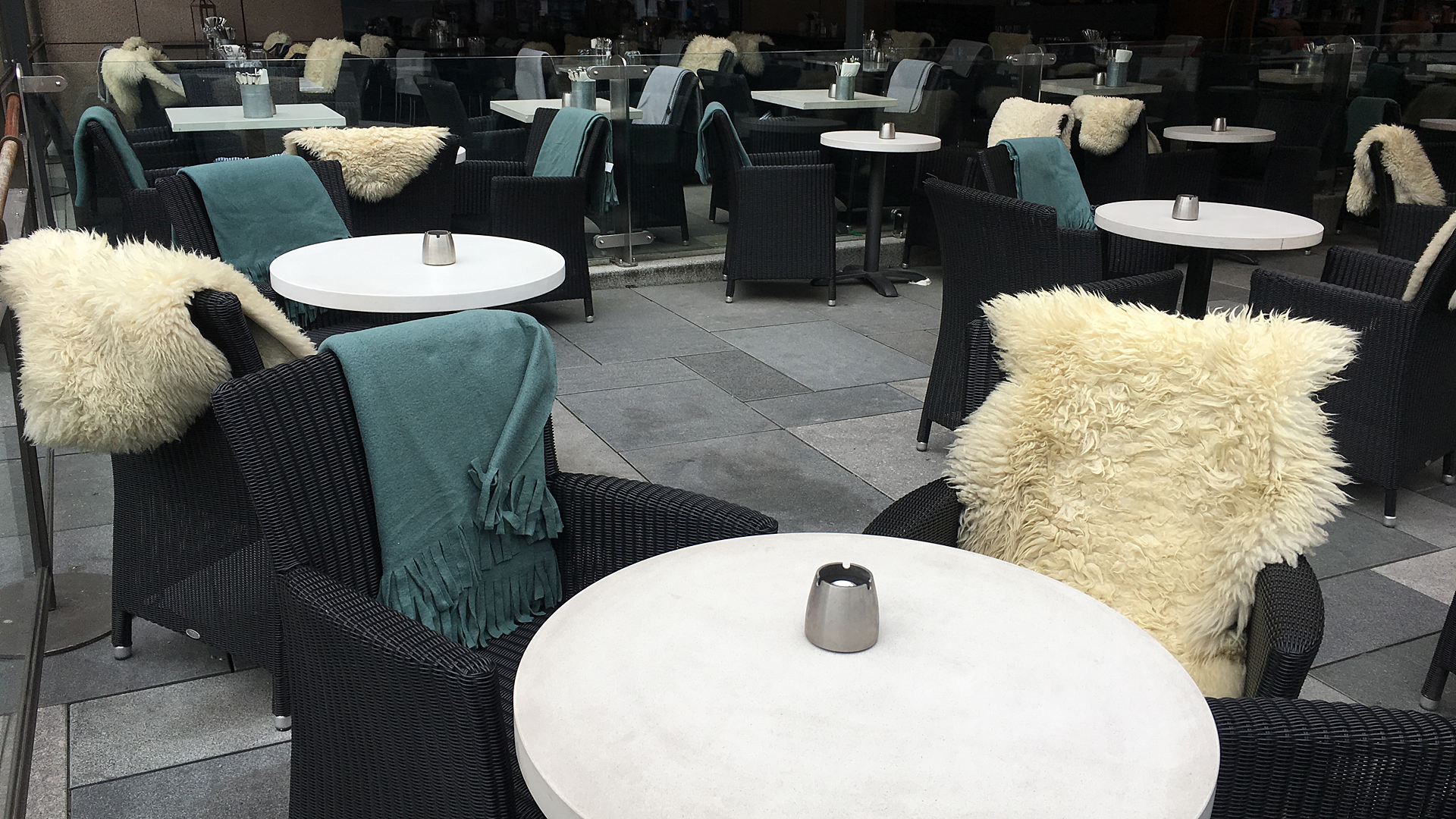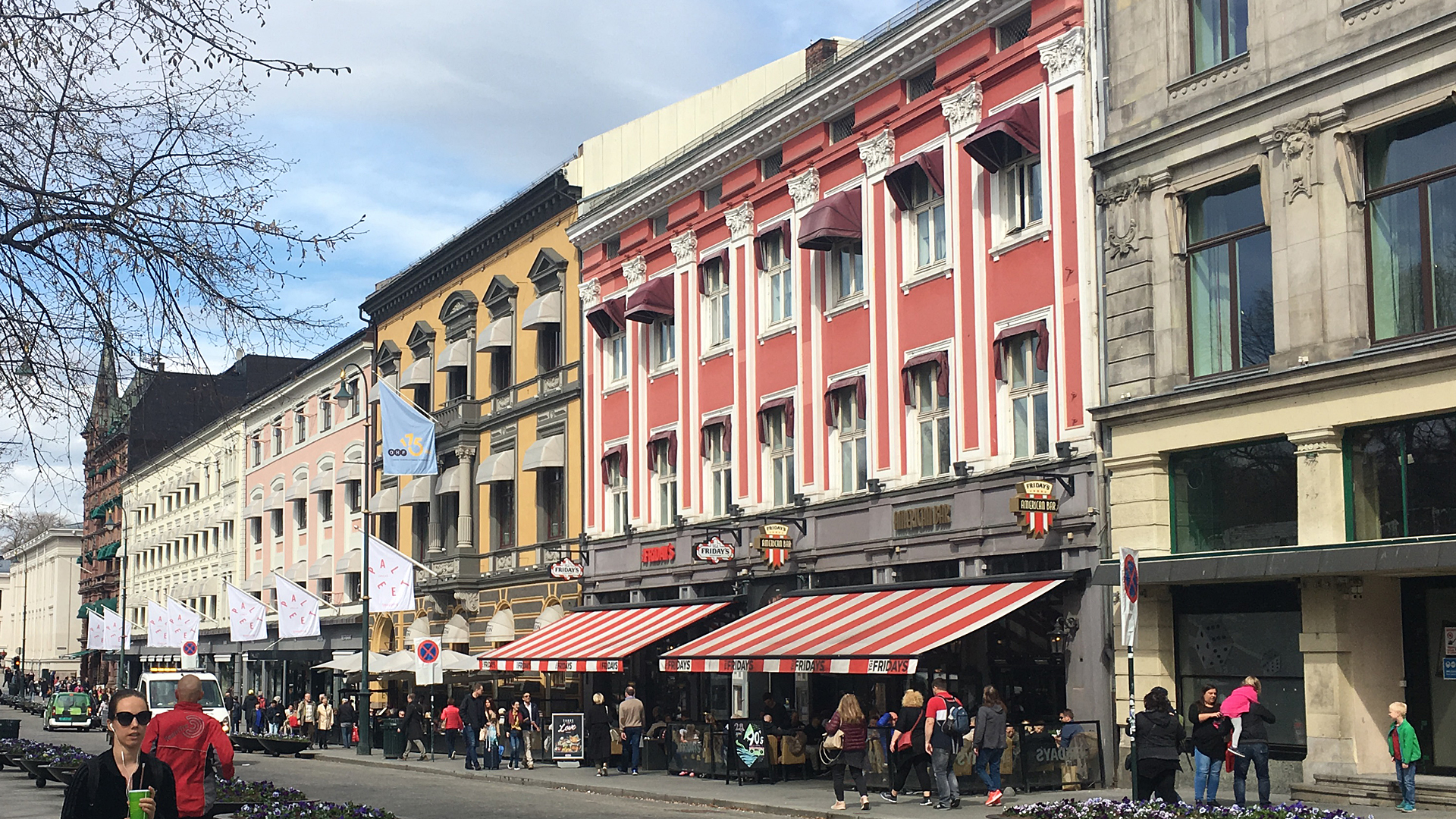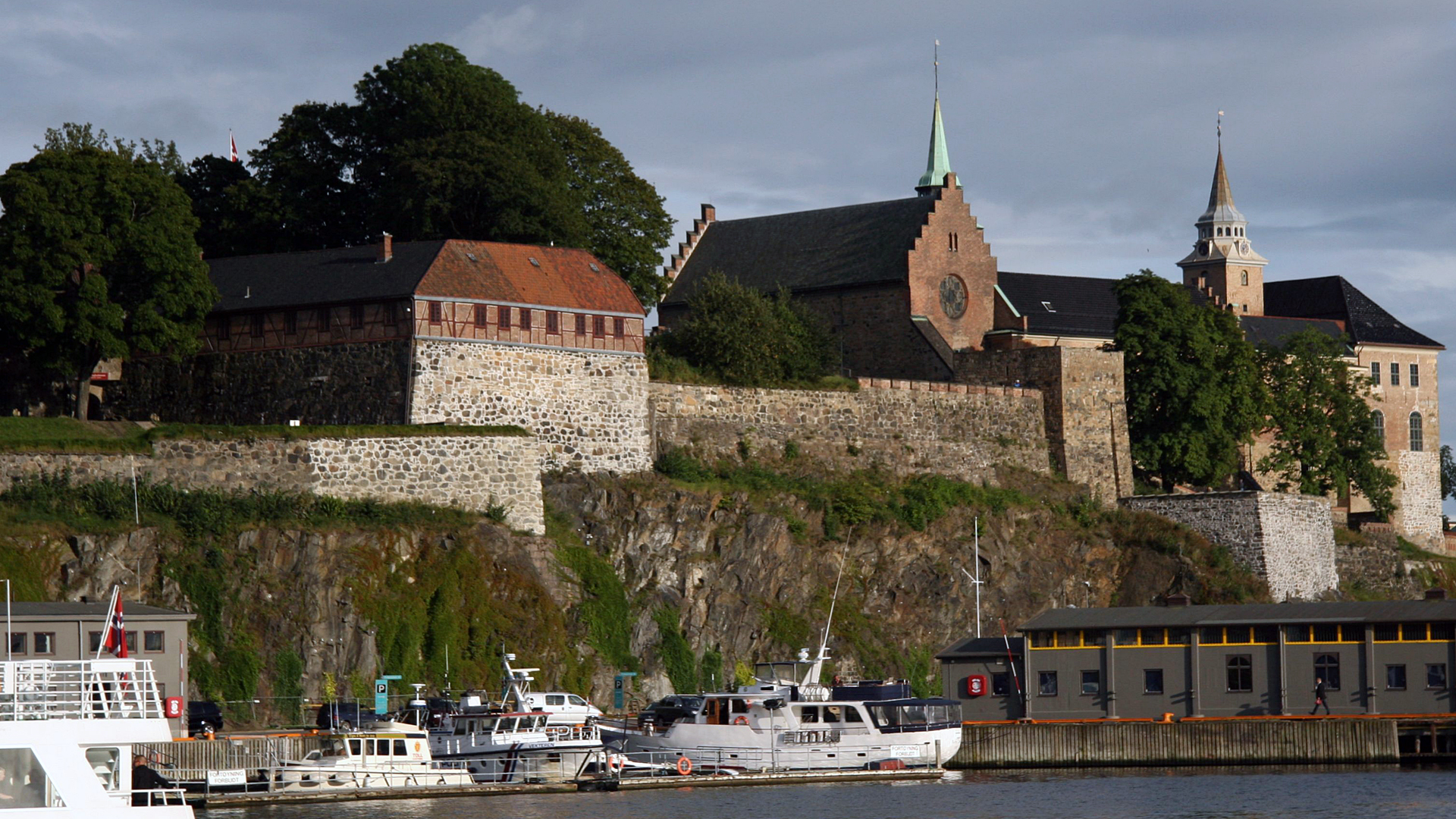
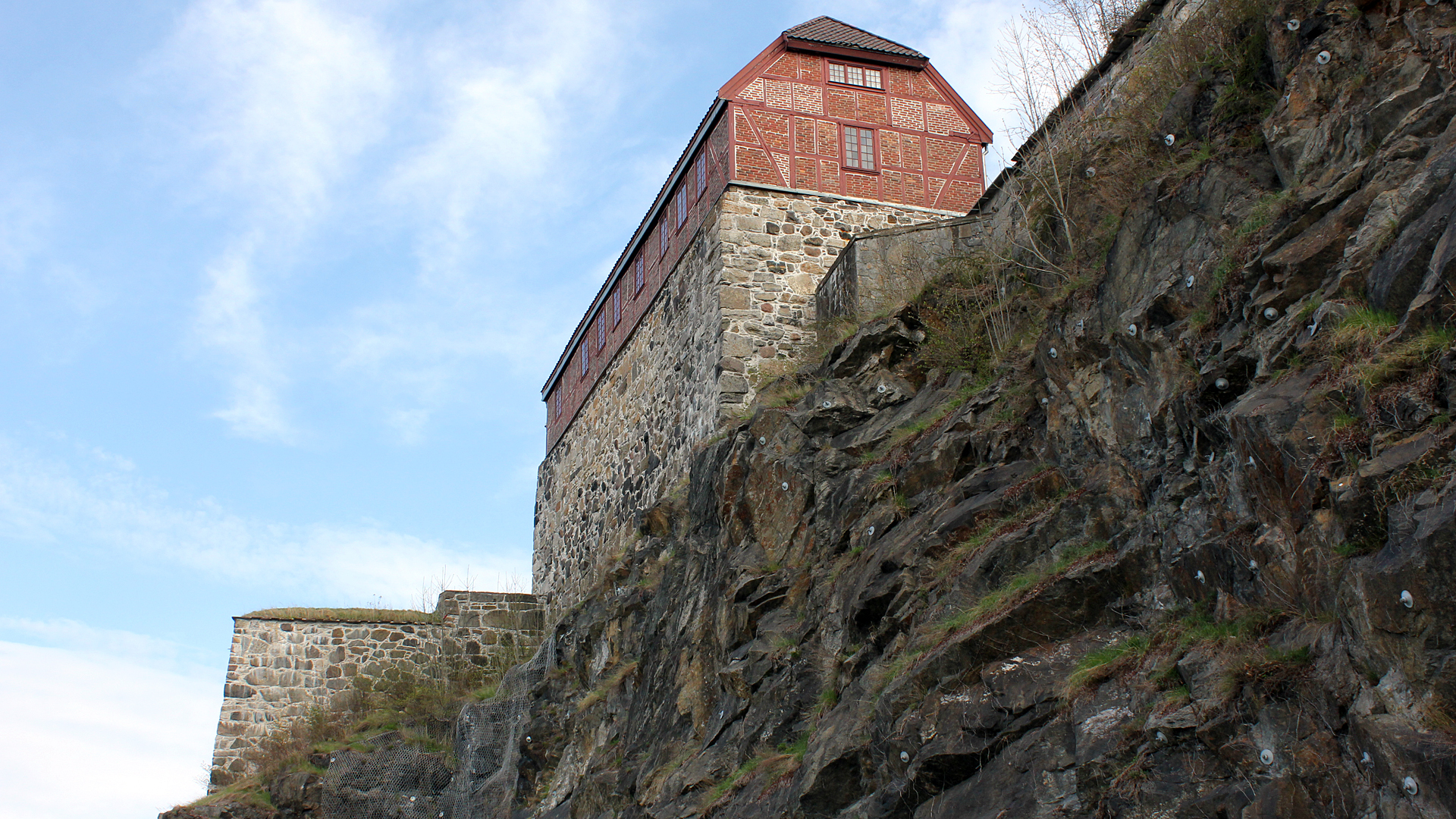
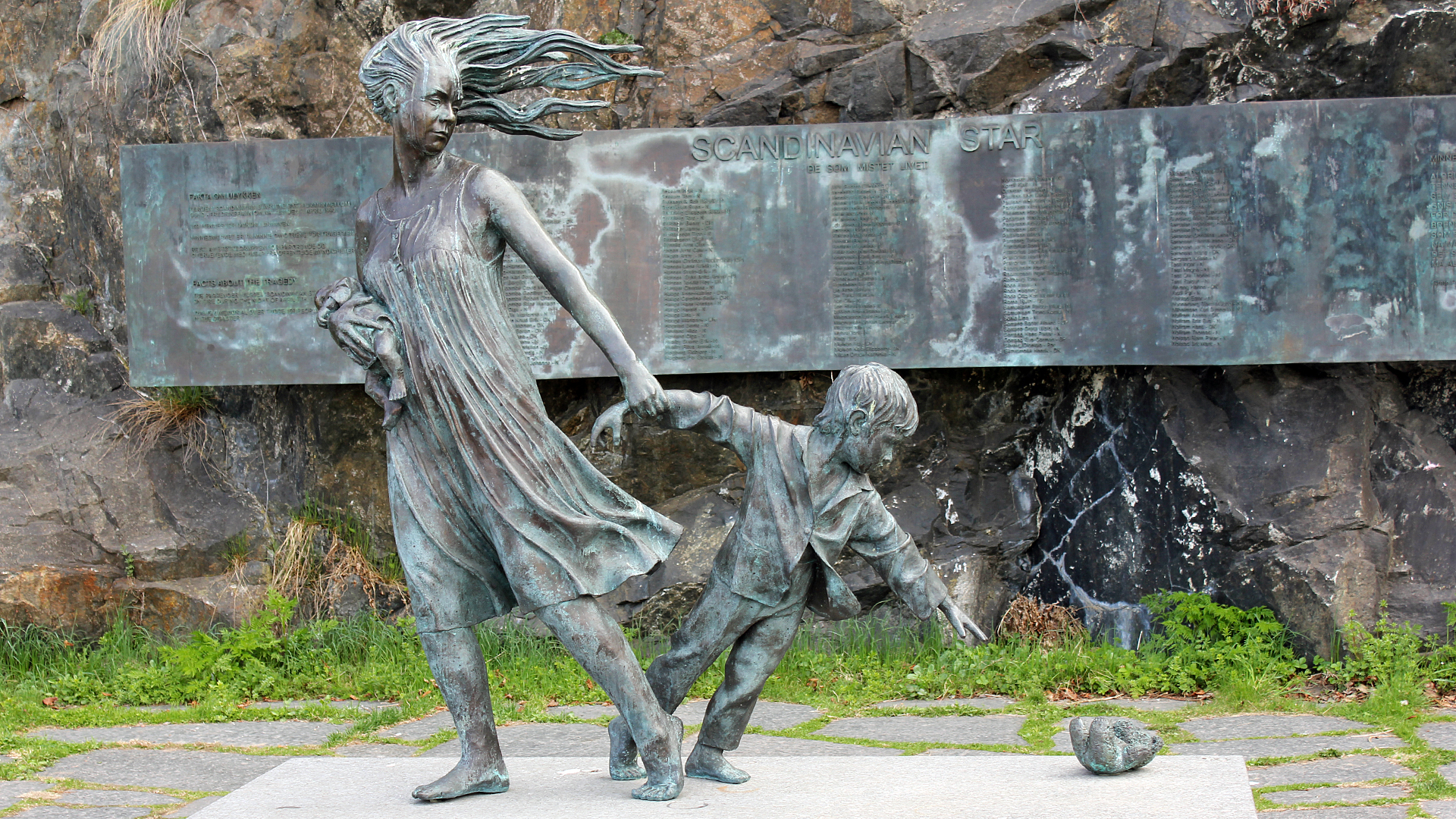

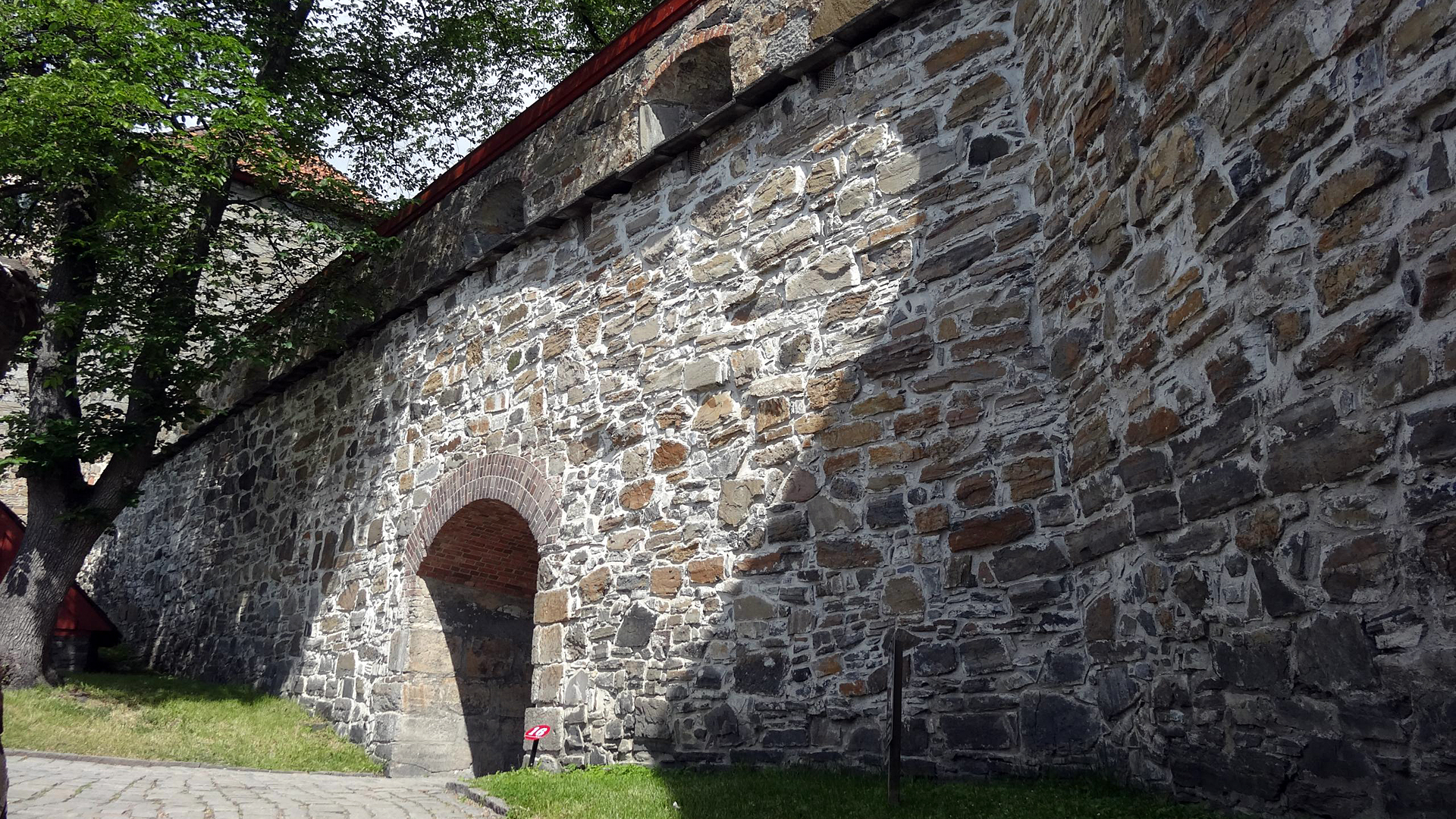
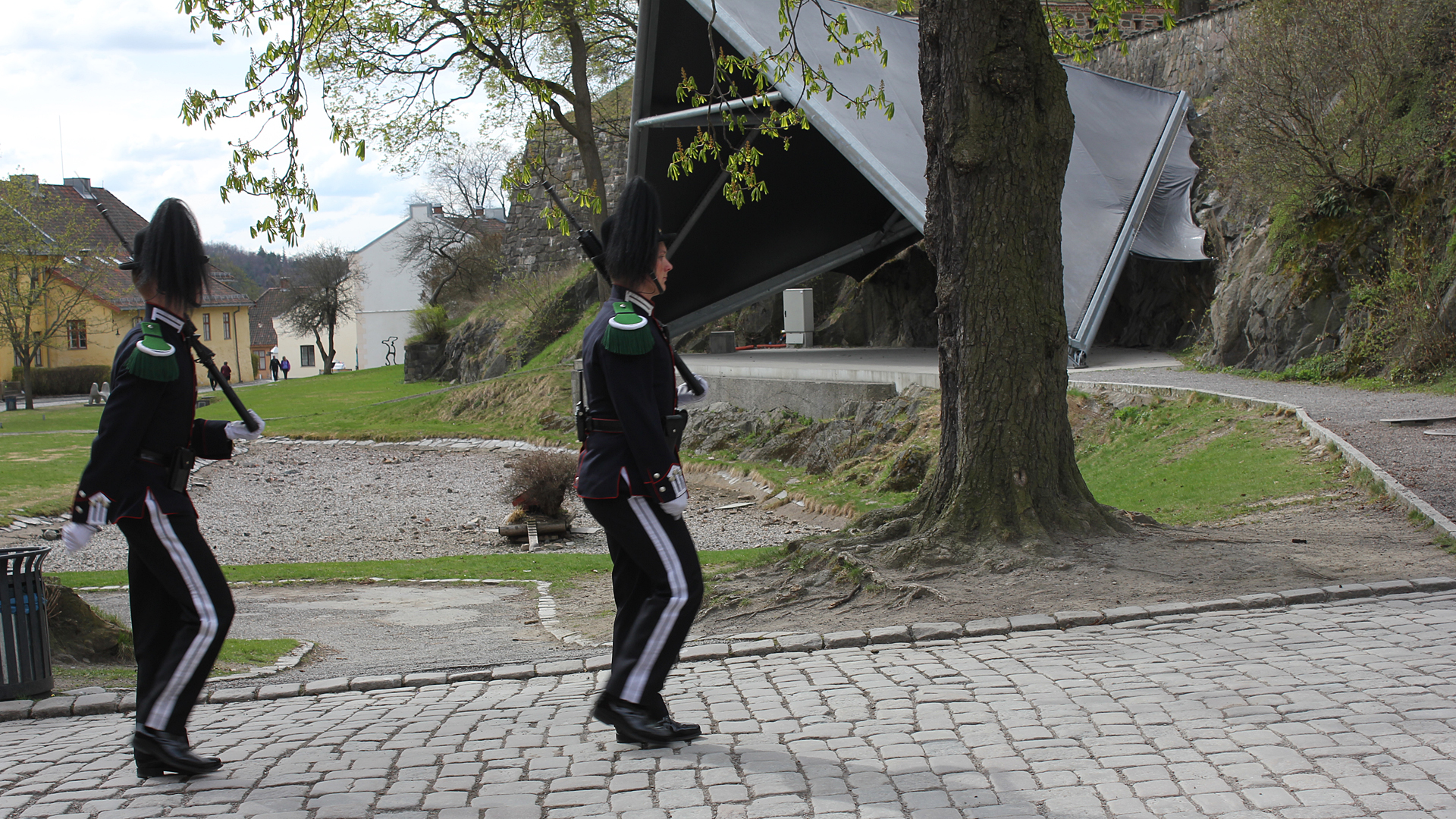
Oslo is the capital and as such is the seat of Norway's national government. Most government offices, including that of the Prime Minister, are gathered at Regjeringskvartalet, a cluster of buildings close to the national Parliament, the Storting. It is the most populous city in Norway. Founded in the year 1040, and established as a trading place in 1048, the city was elevated to a bishopric in 1070 and a capital under Haakon V of Norway around 1300. Personal unions with Denmark from 1397 to 1523 and again from 1536 to 1814 and with Sweden from 1814 to 1905 reduced its influence. After being destroyed by a fire in 1624, during the reign of King Christian IV, the city was moved closer to Akershus Fortress and renamed Christiania in the king's honour. It was established as a municipality on January 1, 1838. Following a spelling reform, it was known as Kristiania from 1877 until 1925, in which year its original Norwegian name of Oslo was restored.
Oslo has numerous religious communities. In 2016, 51.6% of the population were members of the Church of Norway, lower than the national average of 71.5%. Other Christian denominations make up 8.8% of the population. Islam is followed by 9.1% and Buddhism by 0.6% of the population. Other religions form 0.9% of the population. Life stance communities, mainly the Norwegian Humanist Association, are represented by 2.8% of the population. 26.2% of the Oslo population are unaffiliated with any religion or life stance community.
We participated in a small group walking tour. Our tour guide was very good and took us around Oslo at a very relaxed pace. We took the metro to one stop that was about two miles from downtown where we went to the Vigeland Sculpture Park. It was a cool, windy day and I wore a warmer head covering than usual.
Our ship was suppose to dock by the fortress. Instead it was about a mile away at another port and our tour guide ran over to meet us and a bus took us to our starting point. While we rested on benches he told us about the statue of the mom and child and his teddy bear. It was a sad story but the loss is captured in the memorial. He then saved us about a half-mile of walking and took us through a garage under the fortress. When we came out of the bomb shelter/garage we were close to the fortress courtyard. There were a few soldiers on patrol.

